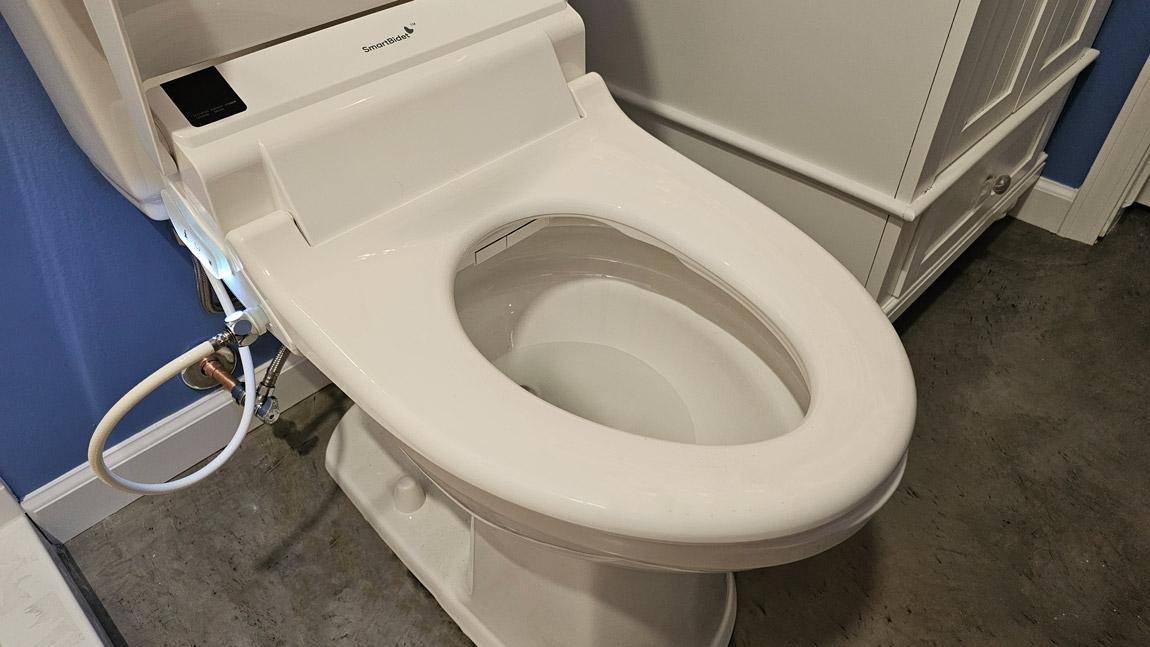In an era where personal hygiene and convenience are increasingly prioritized, the move to convert hand shower to bidet presents an innovative and efficient solution for modern households. This transformation not only enhances the hygiene experience but also introduces a level of luxury and comfort that traditional methods cannot match. For those in the industry QA sector, this shift offers a fascinating look into the evolving expectations and demands of consumers.

Why Consider Converting Your Hand Shower?
The idea to convert hand shower to bidet might initially seem like a niche concept, but it's rapidly gaining traction. Bidets are celebrated for their environmental and hygienic benefits. They reduce the need for toilet paper, which not only saves trees but also minimizes the risk of plumbing issues. Moreover, bidets offer a superior cleaning experience, which is particularly beneficial for individuals with sensitive skin or certain medical conditions. A smart bathroom upgrade can integrate seamlessly with modern bathroom technology, enhancing both functionality and aesthetic appeal.
Steps to Convert Your Hand Shower to a Bidet
1. Assess Your Current Setup
Before you begin the conversion process, it's important to assess your current bathroom setup. Take note of your shower's configuration and ensure you have the necessary space and plumbing compatibility for a bidet. You'll need to determine whether a stand-alone bidet or a bidet attachment is more suitable for your space.
2. Gather Necessary Tools and Materials
To convert hand shower to bidet, you will need some basic tools and materials. These typically include a bidet attachment or handheld bidet sprayer, T-valve, hose, and mounting hardware. Ensure that you have an adjustable wrench and screwdriver on hand for installation.
3. Install the T-Valve
The T-valve is essential for directing water from your existing plumbing to the bidet attachment. Start by turning off the water supply to your bathroom. Next, remove the existing showerhead and attach the T-valve to the water inlet. Secure it tightly to prevent leaks, then reconnect the showerhead to the top of the T-valve.
4. Connect the Bidet Hose
Once the T-valve is in place, connect one end of the bidet hose to the valve and the other end to the bidet attachment or sprayer. Make sure all connections are secure to avoid water leakage. Some bidet attachments come with a diverter that allows you to switch between the showerhead and bidet function easily.
Benefits of a Bidet Conversion
Converting a hand shower to a bidet offers numerous benefits. Not only does it enhance your personal hygiene, but it also contributes to environmental sustainability. By reducing toilet paper usage, you decrease your households ecological footprint. Additionally, bidets are known to reduce the incidence of urinary tract infections and other hygiene-related issues.
For those interested in exploring the broader impact of bidet use, our article on the environmental impact of bidets provides an in-depth analysis.
Considerations Before Converting
While the benefits are compelling, there are a few considerations before deciding to convert hand shower to bidet. Firstly, ensure that your bathrooms plumbing can support the added fixture. Additionally, consider the preferences of all household members, as some may need time to adjust to the new setup.
For more innovative ideas on bathroom upgrades, check out our insights on creative uses for bidets.

FAQs
1. Is it expensive to convert a hand shower to a bidet?
The cost of converting a hand shower to a bidet is relatively low compared to installing a stand-alone bidet. Basic bidet attachments and sprayers are affordable and easy to install, making this a budget-friendly home improvement.
2. Will converting to a bidet require professional installation?
Most bidet attachments and sprayers are designed for DIY installation. However, if you're not comfortable with plumbing tasks, hiring a professional can ensure a leak-free and secure installation.
3. Are there any maintenance requirements for a bidet?
Bidets require minimal maintenance. Regular cleaning of the nozzle and periodic checks for leaks will keep your bidet functioning optimally. It's also advisable to refer to the manufacturer's guidelines for specific care instructions.
For more information on how to use a bidet effectively, visit this guide.
This article contains affiliate links. We may earn a commission at no extra cost to you.






